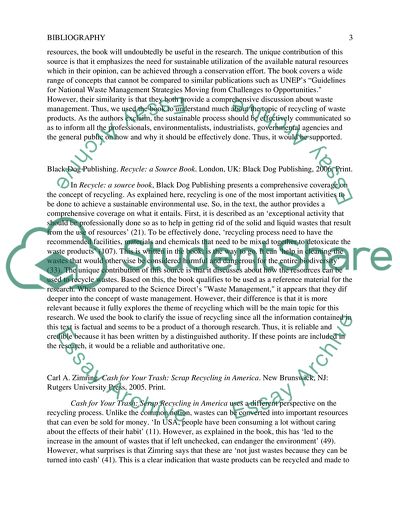Cite this document
(Problems of Recycling in the Modern World Annotated Bibliography - 1, n.d.)
Problems of Recycling in the Modern World Annotated Bibliography - 1. Retrieved from https://studentshare.org/environmental-studies/1867317-recycling
Problems of Recycling in the Modern World Annotated Bibliography - 1. Retrieved from https://studentshare.org/environmental-studies/1867317-recycling
(Problems of Recycling in the Modern World Annotated Bibliography - 1)
Problems of Recycling in the Modern World Annotated Bibliography - 1. https://studentshare.org/environmental-studies/1867317-recycling.
Problems of Recycling in the Modern World Annotated Bibliography - 1. https://studentshare.org/environmental-studies/1867317-recycling.
“Problems of Recycling in the Modern World Annotated Bibliography - 1”. https://studentshare.org/environmental-studies/1867317-recycling.


